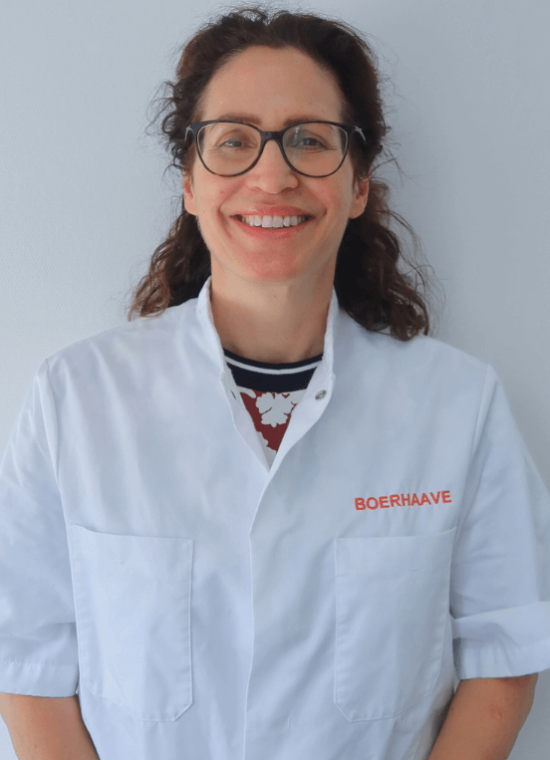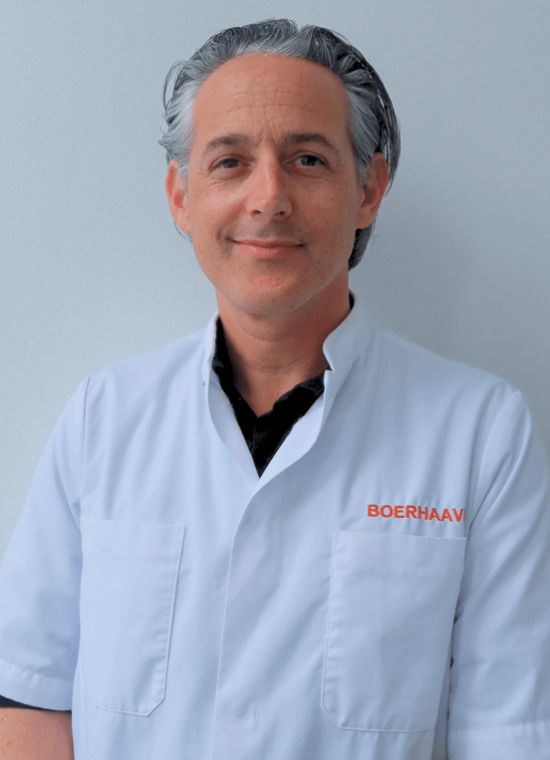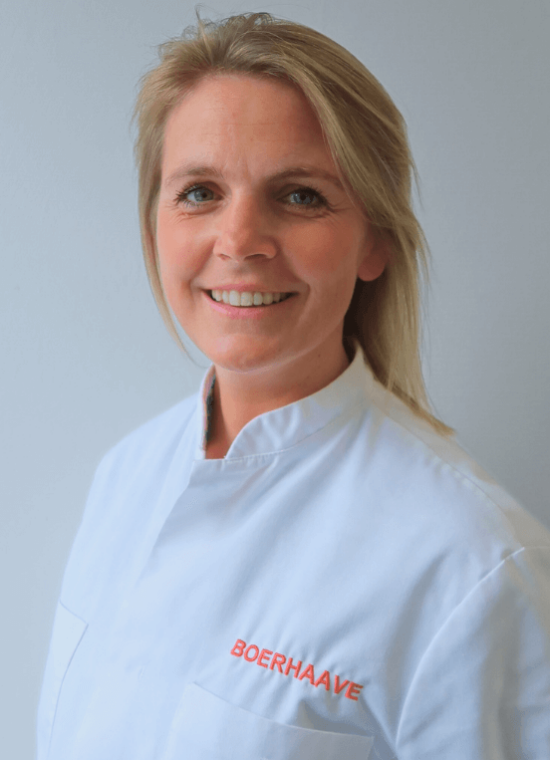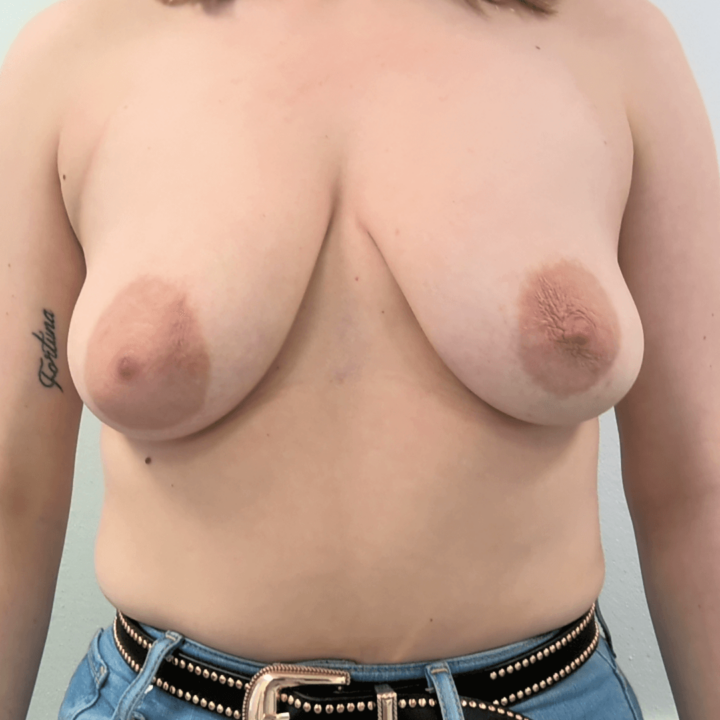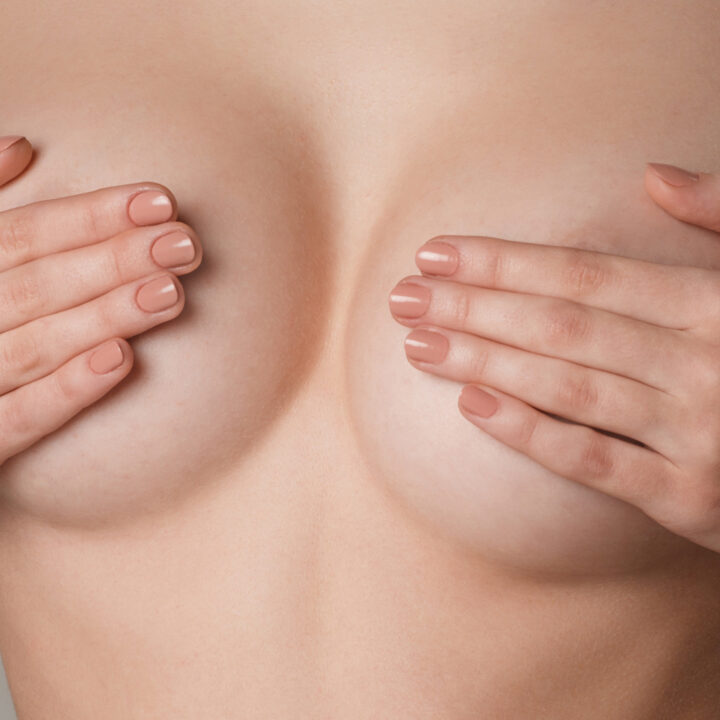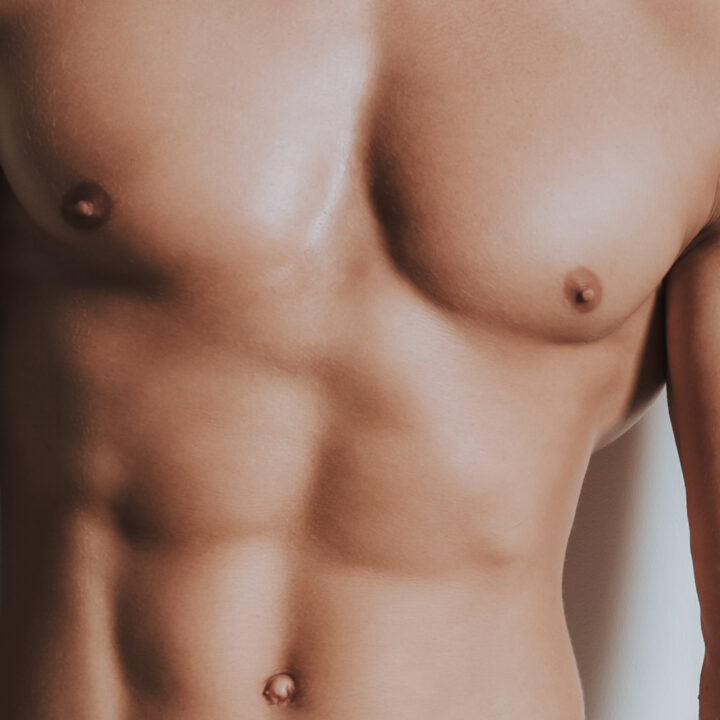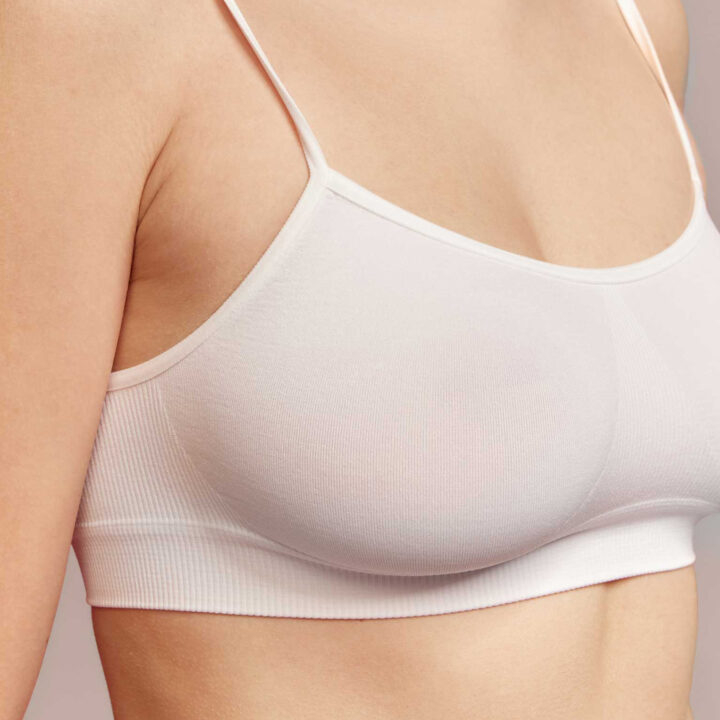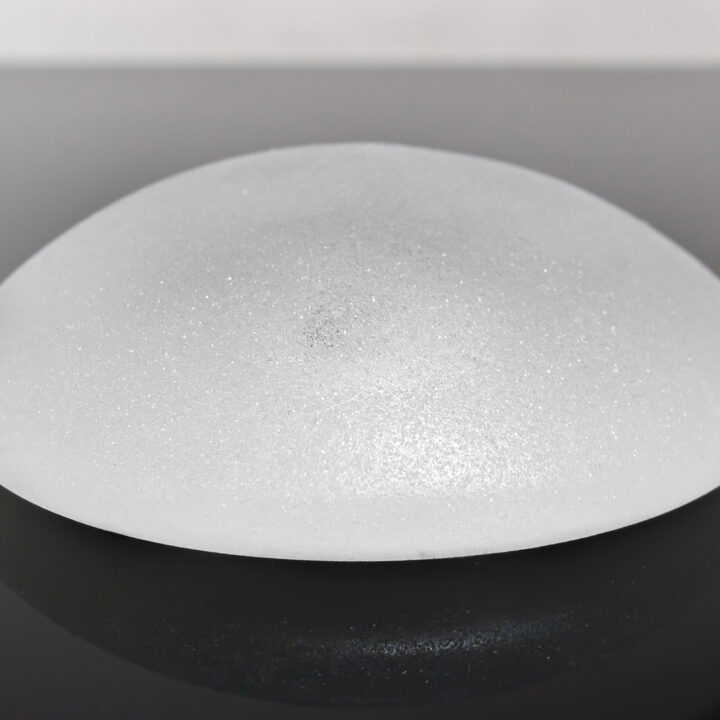Nipple correction
The nipple plays an important role in the day-to-day lives of many people. If the shape of the nipple is deformed in some way, this can cause emotional problems. Having a very large areola or inverted nipples can be very embarrassing for some people.
This problem can usually be remedied by a relatively minor nipple correction procedure, such as a nipple reduction or areola reduction.
What does the nipple correction cost
We guide you step by step before, during and after treatment
01 More information
There are two different types of inverted nipple.
The first type is an inverted nipple that is normal in shape but sometimes retracted into the breast. The plastic surgeon prevents this by positioning a small ring under the skin. With inverted nipples that are normal in shape, this procedure can be performed quickly and efficiently, without any scars. The milk ducts stay intact, so you can breastfeed without any problems.
The second type is a misshapen inverted nipple. This type of inverted nipple is more difficult to treat. The problem mainly occurs from puberty onwards. For this type of inverted nipple, the plastic surgeon makes an incision in the nipple to release the milk ducts. This stops the ducts from pulling the nipple into the breast. After this procedure, you may have discomfort from scabbing for a couple of weeks, and in some cases breastfeeding is no longer possible.
The average areola is approximately 4.5 cm wide and can easily be corrected by a plastic surgeon. An areola reduction procedure is therefore performed under local sedation. Overly large areola structures are often common with drooping breasts. If you opt for a breast uplift or breast reduction, the plastic surgeon can adjust the areola to the desired size there and then.
However, you may also opt for an areola reduction without additional surgery. In a relatively straightforward procedure, a small incision is made around the outer edge of the areola. The plastic surgeon then removes some of the pigmented skin. After an areola reduction procedure, you will have a small scar around the areola. You can easily breastfeed after the procedure, as the milk ducts remain intact.
02 Consultation
Plastic surgeon
The consultation is always held with the plastic surgeon who will be carrying out your procedure.
You will first have a personal advisory session with the plastic surgeon to discuss medical aspects and what you are wanting to achieve with your nipple correction. They will then take photos for your medical file, and will examine your nipples. In front of a mirror, you will have the opportunity to tell the plastic surgeon what you would like to have done with respect to your nipple correction, and they will let you know if they can meet your expectations.
The plastic surgeon will show you before and after photos of nipple correction procedures they have previously performed, and you will then have an opportunity to ask any questions you may have. They will also discuss the pros and cons of the nipple correction procedure, possible complications and any risks with you. The consultation will take about 45 minutes altogether.
Consultants
Following on from your first consultation with your plastic surgeon, you will have an appointment with your consultant. The aim of this appointment is to tell you about the general aspects to be arranged with respect to your nipple correction.
03 Procedure
You are expected to arrive at the Boerhaave clinic half an hour before your procedure.
Areola reduction
A surgical correction of an enlarged areola is performed by removing the pigmented skin around the nipple or around the areola. This is done by making a small incision around the outer edge of the areola or around the nipple. As a result, a small scar may be left around the areola. This procedure can easily be performed under local sedation. The pectoral muscle and milk ducts are left intact, so it is still possible to breastfeed after this procedure.
Nipple reduction
Overly prominent nipples can be surgically reduced. This procedure is performed under local sedation and does not leave behind any scars. It is still possible to breastfeed after the procedure, as the milk ducts are left intact. With more distinctly long nipples, the nipple reduction procedure may entail loss of a part of the milk ducts. If you wish to breastfeed in the future, it is important to point this out during your consultation.
Inverted nipple
Overly large nipples can also be reduced. However, this usually involves losing a part of the milk ducts. If you wish to breastfeed in the future, you must let the plastic surgeon know. They can sometimes opt for another technique which offers a less radical reduction, but still leaves the milk ducts intact.
An incision is made around the nipple so that the surgeon can then release the milk ducts, as they are pulling the nipple into the breast. It is not possible to breastfeed after this procedure.
04 After care and recovery
Recovery
You generally need 7 to 14 days to recover from a nipple correction. After the treatment, the skin around your nipple will feel quite tight. You may also have some swelling and bruising around the treated area. There may be some changes in sensitivity. This may last for a couple of weeks, and will return to normal in time.
After care
Our staff do their utmost to achieve the best possible results for you, and the same applies for care after your procedure. You also play a very important role in this process. It is therefore important that you follow the instructions you have been given after your nipple correction.
Scar cream
At your first check-up, you will be given a scar care cream to take home with you. Once the wound has closed and the scabs have disappeared, you can start applying the scar cream. If you apply this cream to the closed wound twice a day, you increase the chance of the wound healing nicely.
05 Results
As with every surgical procedure, the body takes time to recover. The nipples and the area around them may initially be bruised, sore and swollen. The scars may also be reddish in colour and raised immediately after the procedure. You shouldn’t worry about this. It shows that the body is responding naturally.
Scars
The plastic surgeon will do everything they can to ensure that the scars are virtually invisible. The scars will initially be red and swollen, but this will start to fade after a couple of weeks. It is useful to know that a scar takes 1 to 1½ years to completely calm down. So remember to apply the scar cream to your scars and stay out of the sun. After the first year, always use factor 30 or higher when you are in the sun, to protect your skin.
06 Risks and complications
It is important you are aware that every surgical intervention can entail risks and complications, no matter how minor the procedure. Plastic surgery procedures are in principle carried out on healthy people, so the risks and chances of complications are low.
The chances of any complications arising from a nipple correction are luckily very rare. You can help reduce certain risks by carefully reading through the instructions you are given prior to your nipple correction.
Possible complications of a nipple correction may be:
- Haematoma (blood clot under the skin which has to be removed)
- Adverse reaction to the sedation
- Haemorrhaging
- Infection
- Change in sensitivity
- Permanent scars
- Damage to underlying structures
- Unsatisfactory aesthetic result.
Smoking
Patients who smoke or use tobacco or nicotine products (such as nicotine patches and chewing gum) at the time of their surgery have a greater risk of complications, such as skin loss and impaired wound healing. People who are exposed to passive smoking may also have an increased risk of complications such as these. What’s more, smoking may have a negative effect on the anaesthesia, which may in turn lead to an increased risk of bleeding. People who are not exposed to tobacco smoke or nicotine-containing products have a significantly lower risk of such complications. It is important not to smoke for at least 2 weeks prior to the operation and to keep this up for the entire recovery process.
More information
Plan your appointment now in our agenda or let us call you back.

